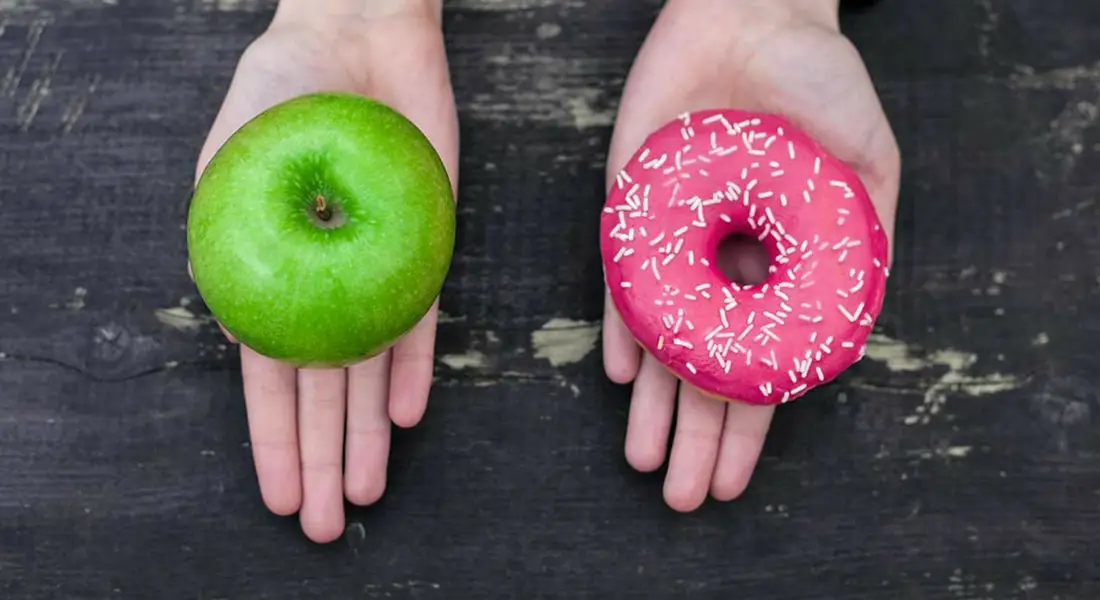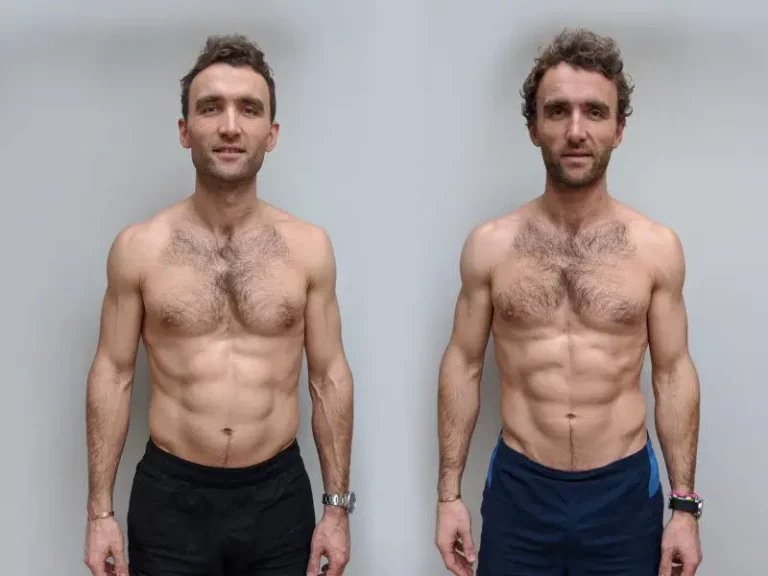So much nutrition information is confusing, even contradictory.
It’s a complicated field, and scientists often learn new things that sometimes go against the day’s most widely accepted thinking. Then there are all those fad diets, advertising their special secrets and shortcuts and spreading misinformation.
Few aspects of nutrition are as full of confusion and seeming contradictions as carbohydrates. Along with protein and fat, they’re one of the three basic compounds in food that provide us with energy (calories). They’re found in healthy and unhealthy foods, and they come in several forms—primarily sugar, fiber, and starch.
Low-carb diets have become common recently, and carbs have suffered a lot of bad PR. If you’ve ever done any diet research on the web, you’ve undoubtedly been bombarded by anti-carb propaganda.
The truth is, you’re supposed to eat carbs. A generally healthy adult should get about half their daily calories from carbohydrates, about 30 percent from healthy fats, and about 20 percent from protein. However, the amount of carbs you eat is secondary to the type of carbs you eat; you need to eat good carbs, not bad carbs.
Good Carbs Vs. Bad Carbs
Although it’s an overly simplistic way of looking at the issue, carbohydrates are divided into two groups: good carbs and bad carbs. It’s still a helpful division for getting a handle on what you should and shouldn’t be eating.
Basically, good carbs come from whole plant-based foods. Another way to look at it is that good carbs come packaged with fiber.
Whole grains (like whole wheat, brown rice, oats, corn, barley, bulgur, quinoa, millet, and buckwheat), vegetables, legumes, nuts, seeds, and fruit are high-fiber sources of good carbs. Refined grains, such as white bread, other baked goods made from white flour, and white rice, lose most of their fiber during processing and supply you with bad carbs; sugary foods and other heavily processed foods are other sources of bad carbs.
What Do “Good” and “Bad” Actually Mean?
OK, so that’s easy enough, right? But what exactly does it mean? Why are some carbs good and others bad? Good question.
Your body digests and absorbs good carbs slowly. They deliver a gradual, sustained energy load with gentle effects on your blood sugar levels. This is healthy, it’s how your body is designed to work.
Bad carbs are digested and absorbed quickly. This causes a sudden spike in your blood glucose levels, followed shortly by a crash. This is really unhealthy. First, it makes you hungry again soon after eating, which leads to overeating and weight gain. It also makes you feel lousy, and may increase your risk of developing a variety of diseases.
The Glycemic Index
The glycemic index adds nuance to the overly simplistic idea of “good versus bad” carbs. It uses a “glycemic load” to quantify how quick and drastic an effect a food’s carbohydrates have on a person’s blood sugar levels. It provides a better picture of how often we should eat different foods.
The lower a food’s glycemic index, the better the carbs. Legumes (like beans and peanuts) and green vegetables have some of the lowest glycemic loads available. So, they’re not just good carbs—they’re great carbs. They should be a significant part of your diet.
Most whole grains and fruits have moderately low to moderate glycemic loads, so they should be a significant source of carbs in your diet too. Foods higher in starch, like potatoes, tend toward the moderately high end of the glycemic index, so while they’re fine once in a while, they shouldn’t be a key source of carbs for you.
White bread; other baked goods and snack foods made with refined white flour; soft drinks, energy drinks, and other sugary beverages; and other processed foods made from refined grains have the highest glycemic loads. These foods and drinks supply the worst carbs, so avoid them as much as possible.
See How Convenient This Is?
What I mean is, the same foods that provide you with good carbs are the same foods you know you should be eating anyway. You know you’re supposed to eat lots of veggies and beans and whole grains and fruit. You also know you’re not supposed to eat all that sugary, processed, packaged junk food.
Generally speaking, the best foods for you are the healthiest for so many reasons. They’re full of good carbs and other nutrients you need, they’re satisfying and supply sustained energy, they’re usually low or reasonable in calories, they promote a healthy body weight, and they lower your risk of developing many diseases.
And the unhealthiest foods are the worst for plenty of reasons. They have bad carbs as well as little or no other nutritional value, they’re often high in calories, they’re often high in sodium and other undesirable ingredients, they sap your energy, they promote weight gain, and they contribute to disease.
Now you know how to choose good carbs! Enjoy!
Originally posted on www.jasonmd.com
Jason Littleton, MD

Jason Littleton, MD is a board-certified family physician offering convenient concierge healthcare. He emphasizes personal attention, prevention, and smart lifestyle choices for optimal health, wellness, energy, youthfulness, longevity, balance, and happiness. He encourages patients to eat nutritiously and focus on fitness, providing clear, practical, personalized guidance for doing so in our busy lives.
Dr. Littleton earned his MD from Michigan State University College of Human Medicine and a BS in Biology from the University of Michigan. In 2010, he received National Doctor’s Day Recognition from the Practitioner Excellence Committee for “compassionate and excellent care” of patients at St. Mary’s Hospital in Grand Rapids, MI. He also received the Resident Teacher Award as a family medicine resident. Today, Dr. Littleton serves patients in the Orlando area.
Additionally, Dr. Littleton is CEO of WellSpring Human Energetics, author of WellSpring: The Energy Secrets to Do the Good Life, an in-demand motivational health speaker, and frequent guest commentator on national television programs and in national print publications.
Learn more about Dr. Littleton at www.jasonmd.com





















